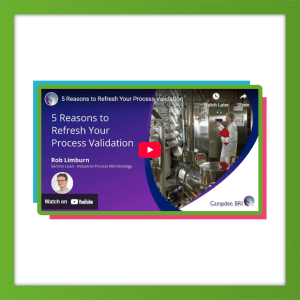Heat exchangers are crucial to many processes in the water industry, in aerobic or anaerobic digestion plant, for cooling or evaporation, and for sludge concentration. Choosing the right heat exchanger can appear daunting, and maximising productivity is essential.
WHAT IS PRODUCTIVITY?
Productivity is measured by the ratio of output per unit of input. Many water companies see it as a balancing act – how can they increase their output without increasing their costs? It is closely linked to efficiency, ensuring that every piece of equipment and every part of the process is optimised, delivering greater value for money to the operator.
UNDERSTANDING THE PROCESS
The most important criteria when specifying a heat exchanger is to ensure that it will be fit for purpose. To do this, it is important to understand both the material being treated, the heating (or cooling) medium, and the process involved. Is the material in question liquid (dirty or clean water) or semi-solid (sludge)? Is it viscous? What is the extent of the temperature difference required?
AVOIDING A FALSE ECONOMY
In order to ensure optimum productivity, it is important to consider the total cost of ownership (TCO). Although some operators can be swayed by the initial purchase price, this can be a false economy. The lifecycle cost of a heat exchanger, particularly one used to process difficult materials such as sewage sludges, heavily depends on the costs of cleaning and maintenance – buying a cheaper design which is more prone to fouling can quickly become more expensive to operate.
ENERGY EFFICIENCY
Selecting a heat exchanger which is energy efficient is key to enhancing productivity. HRS Heat Exchangers have a number of features which are specifically designed to improve their operational energy efficiency. These include the use of corrugated tubes specifically designed for high fouling sludges, such as the DTI Series of Double Tube Heat Exchangers, and unique scraped surface designs including the Unicus Series.
The Unicus Series is based on traditional shell and tube heat exchangers, with the addition of a patented stainless-steel scraping mechanism which is hydraulically moved back and forth within each interior tube. This movement minimises potential fouling of the product by keeping the tube wall clean, and also creates turbulence within the material. Both of these actions help to increase heat transfer rates and together they create a highly efficient heat transfer process ideal for high fouling viscous materials like sludges.
MAINTENANCE MATTERS
Using the wrong heat exchanger can soon prove costly in terms of maintenance and spare part costs. HRS have been asked to replace a number of alternative heat exchanger designs in the wastewater sector when they have become too expensive to clean and maintain. All HRS heat exchangers are designed to make cleaning and maintenance as easy and flexible as possible, while their clever design reduces cleaning and maintenance intervals.
BEWARE HIDDEN COSTS
Another consideration is the overall installation costs, and whether fitting the heat exchanger will require the purchasing of ancillary equipment. The corrugated design of HRS’ tube-in-tube heat exchangers results in improved efficiencies, providing comparable thermal performance to other designs, but in a smaller footprint. These can often be skid- or frame-mounted, reducing the need for significant support infrastructure.
Put simply, specifying the wrong heat exchanger could decrease your productivity – choosing the right heat exchanger will almost certainly increase it.





